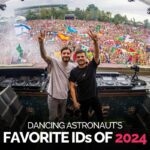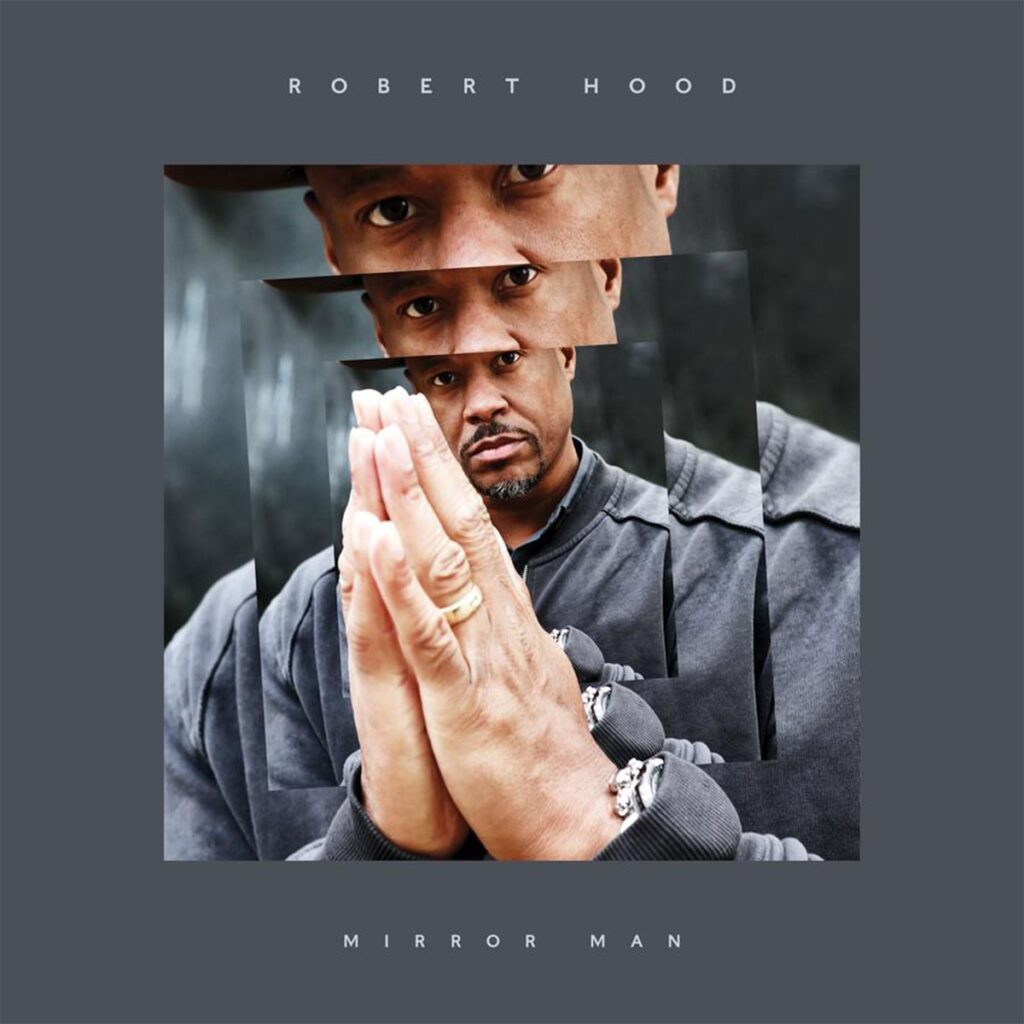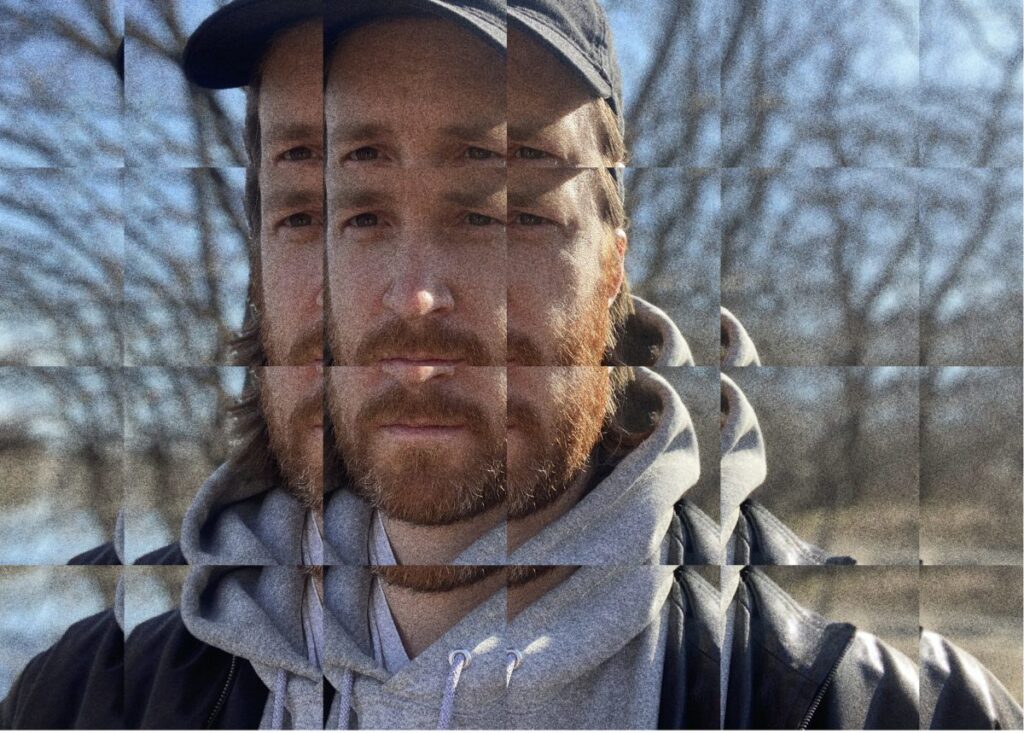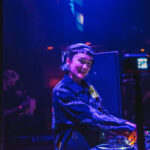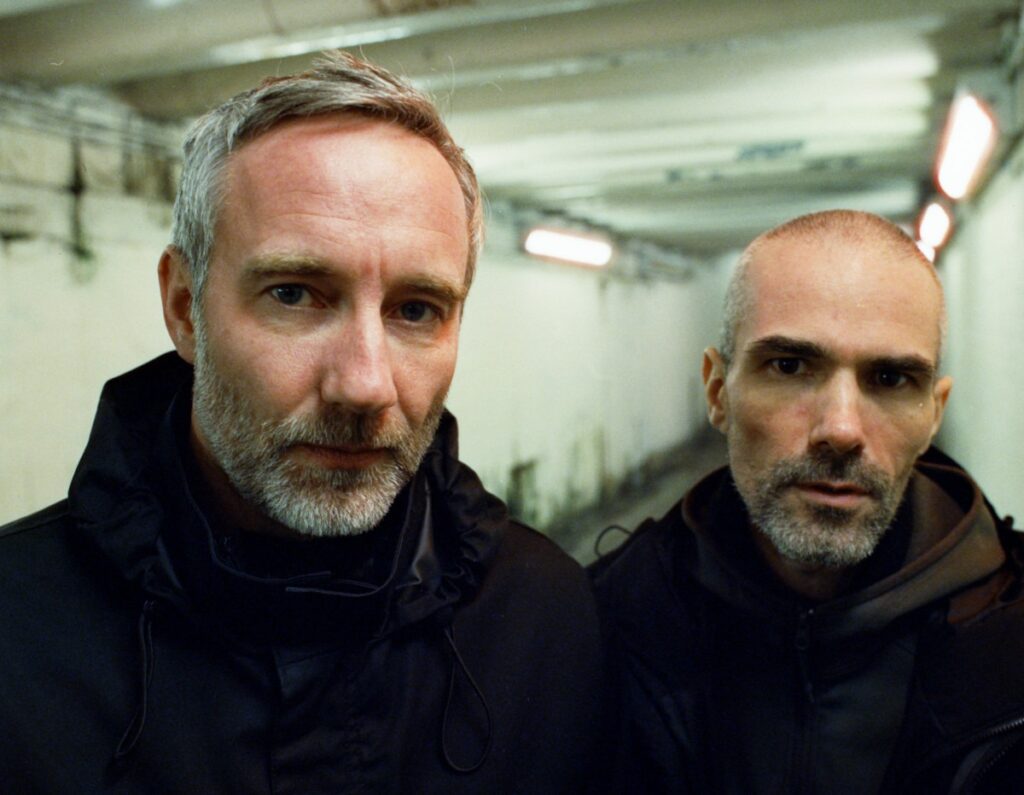Max Cooper has teamed up with American artist, musician, concert pianist, professor and writer, Bruce Brubaker on a new album Glassforms that looks to reimagine compositions by Philip Glass in new and exciting ways. The new album is split into various sections where each song is introduced with a short interlude. The entire album is a live recording that was enhanced by Max Cooper later on in the studio.
To get a better idea of how this was done and why they chose to take on this project, we asked Cooper and Brubaker for a new Director’s Cut feature on Glassforms. Both Cooper and Brubaker offer their insight onto the album, so you will get two different perspectives on the tracks. The relationship between how they play is quite fascinating, notably how Max Cooper uses his own custom programs to interpret what Brubaker does to create something new.
Listen to the full album now as you read and get a copy of Glassforms here.
1. Prelude 1
BB: In Glassforms, the preludes are true improvisations. Together onstage, the piano and the synths are used to make something new each time, in the moment. “Prelude 1” introduces or anticipates harmonic journeys that are coming.
MC: We started the show with some improvisation, particularly using the piano to trigger strange granulated electronic sounds. We edited down this intro sequence for the record.
2. Metamorphosis 2
BB: The music by Philip Glass that is within this track first appeared in The Thin Blue Line, a controversial film by Eroll Morris about a murder and police misconduct. The Glassforms version explores the ominous side, even the dread in the music.
MC: During the show, every time Bruce presses a key on the piano I receive that information as a midi signal as well as getting a live audio feed. I worked on a custom software tool with Alexander Randon, which allows me to modulate that midi note information, and the synth patches also have plenty of modulation internally. The result is something of a synthesised dance around the notes of the Glass pieces, which you can hear in the early part of this track. As things develop I add extra synth layers, and constantly edit the synth patches, eventually bringing in some new chords of my own to complement the original Glass score.
It's all about trying to bring extra life to the Glass pieces, rather than just dropping electronics on top, hence starting the approach with the system which would allow the Glass scores and Bruce's expression to drive the electronics.
3. Prelude 2
BB: For hundreds of years, keyboard players like Bach or Franz Liszt improvised transitional passages to connect pieces of music. A prelude can ask a question or set the stage.
MC: As Bruce plays here I'm focusing on what I can do with the live audio feed from the piano, sending it through various convolution reverbs, granular delays and effects, all chosen for their generative properties which cause the notes of the piano to hang, evolve and pop in all sorts of unpredictable, but just controllable enough, a manner. I'm trying to find that balance between order and chaos with the electronic elements a lot throughout the show, as that's where the magic happens in terms of what I can bring to the table. It also means no two shows are ever the same, the end up very different in fact.
4. The Poet Acts
BB: Usually poets write. Sometimes poets speak. At our current moment in time, in the world now, maybe poets can or must take action.
MC: This track focuses on simplicity with a single bass synth patch, but it's a big bass patch, and the most wall and roof shaking moment of the live show. That approach seemed to fit the feel of the piece; it wasn't one for complexities in my mind. The patch has a long glide applied, causing the bass notes to pitch bend from one to another giving us the full torso wobbling bass range, and the synth patch also only plays the lowest note Bruce is playing at each moment. He had to adjust his playing of the piano significantly to cope with this system. Every different piece is a different electronic instrument in this sense, which Bruce, and I, have to learn to play in collaboration.
5. Prelude 3
BB: Information coming from the specific touches used on the piano keyboard controls sound from the synths. Even touching keys on the piano so gently that no piano sound is heard can provoke the synths to react.
MC: I used a convolution reverb with a very unusual modulating impulse response applied to the piano audio feed here, in combination with some parameter modulating delays. Those sorts of piano processing happen throughout, but it's during the preludes when we can reveal the more subtle processing effects between sparse notes, before things start to flow with the full Glass pieces again.
6. Two Pages
BB: Open-ended and highly repetitive music by Philip Glass continues unfolding with long-range electronic comment, context, or even graffiti on top of it.
MC: This is one of my favorite pieces on the record. At first listen, the piano is seemingly a few notes looped, but as I delved into it I found more and more structure in terms of emphasis and rhythmical changes and syncopations. It's that subtle and rich structure which makes the piece work, even when we're not aware of it. This melodic form also invited me to add some chord progressions, which I felt, complemented the hypnotic approach. It's a piece of music that uses the 10-minute-plus length to make you give yourself over and escape the norm of immediate gratification we are so accustomed too these days. There's something special to be found in that longer form experience if you're willing to participate in it.
7. Prelude 4
BB: An entirely electronic track with references to gestures from music by Glass. A bridge to a different world…
MC: I used this prelude to explore pure, Glass and Brubaker inspired, synthesis more fully, employing the same synth and processing tools, but with my own chord structure.
8. Mad Rush
BC: Originating in music composed to welcome the Dalai Lama to New York City, the alternation of tranquil stasis and frenzy resists having any goal.
MC: This is a song of contrasts, the serenity and chaos all around us. I tried to complement those moods with the synths, soft and twinkling against strained machine noise, all still following, and being created by, only the notes of the original Glass scores. I played with how the rhythms of the synths related to the rhythms of Bruce's playing throughout, and slowly introduced more bass elements and detailing throughout. The live show has a couple more of these more hectic synth jam moments, but this was the only one we managed to tame enough for the record!
9. Tirol Concerto
BB: Just a few poignant phrases drawn from Glass’s concerto for piano and string instruments. The piano’s sound is transubstantiated through technology.
MC: A moment of reflection amongst all the density, with Bruce's piano solo as delicately complemented by granular re-appropriation of the piano as I could manage.
10. Prelude 5
BB: A mixing of elements and styles that veers more and more toward the electronic, more and more toward a future.
MC: I brought in some of my own chords again here, with heavy effects processing and lots of lows. It was aimed as a moment of darkness before the beauty of "Opening" begins – An attempt to punctuate that beauty further via contrast.
11. Opening
BB: The music by Philip Glass that Max Cooper first fell in love with. No real melody here, but a hypnotizing harmonic and rhythmic process.
MC: As expected with many people, this was the first Glass piece, which grabbed me, at a young age, and set me on the path towards making music of my own. It's always a tough thing to try and rework such well known and seemingly perfect pieces like this. My approach was not to stray from the original harmonic structure at all, and just trying to build a system for the synths to dance around the piano in engaging and varied ways, to add to the energy it already contains.



